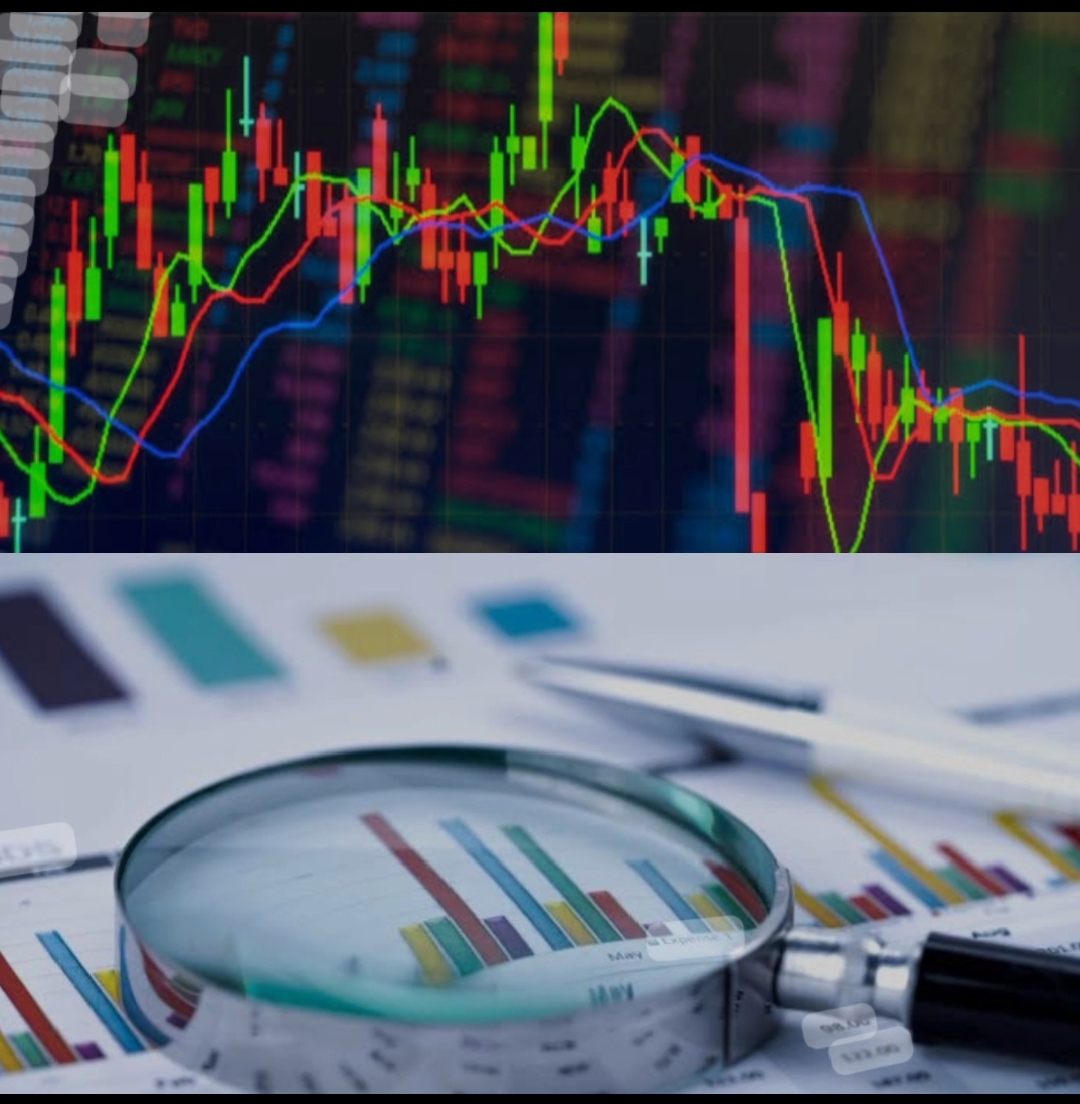Technical Vs Fundamental Analysis
Which is Best to Consistently Be on the Right Side of the Market?
A question that has boggled the minds of Millions of Retail Investors. A Breakdown of the Two Perspectives Using the Currency Market (Forex) as a case study.
Fundamental Analyst Perspective

Fundamental Analysis is a way of looking at the market concerning yourself with micro and macro-economic events. Also, it has you focused on the intrinsic value of an asset, for example, Currencies.
I would start this discussion by looking at 4 important fundamental analysis data.
- Interest rate decision: Analyzing how the change in rates imposed by the central bank can affect the currency value, this analysis helps Investors and Traders alike in making trading decisions, determining whether to be Long based on higher interest rates or Short based on lower interest rates.
- Gross Domestic Product (GDP): We use this macro indicator to assess the performance of the country’s economy at a point in time, this is also a useful piece of information that professional fundamental analysts, access to make trading decisions in the market a positive GDP number signals economic strength, and with this, an investor is more optimistic about the country’s currency and a negative GDP number can signal an opposite perspective to the investor.
- Employment Data: Professional fundamental Analyst pay a lot of attention to data like non-farm payrolls, unemployment rates, and job creation figures to assess the health of an economy concerning its level of productivity. Strong employment data is generally an indicator to the eyes of a fundamentalist that the economy of the country in question is strong and weak employment data is of the opposite correlation, and this equips them with information to make trading decisions on a country’s currency.
- Inflation Data: Fundamental Analyst focus on Consumer price index (CPI) and producer price index (PPI) news releases to gain insights into the purchasing power of a currency, A Higher inflation diminishes the purchasing power of a currency and lower inflation numbers are an indication of a healthy purchasing power, possessed by the currency which in turn guides trading decisions whether to hold a long or short view of the market.
Note: The four (4) key points I highlighted above are not limited to what fundamental Analysts look at when making trading decisions, but these points represent a healthy arsenal of decision-making for fundamental analysts.
Technical Analyst perspective

Technical Analysis is a way of looking at the market’s historical price data, analyzing trends and patterns, and using this knowledge to speculate future market directions. At first glance, it is easy to equate this to gambling but nothing can be further from the truth. Let us take a deep dive into the array of information technical analysts assess to make trading decisions.
- Market Trend: The technical analyst checks whether the market is in a trending environment before he decides on the safety of a trade when the market is not trending it is ranging and a range is not an environment a technical analyst likes to play, they wait for times of visible up trends or down trends, whichever it is does not matter, so long as it is trending, it is a tradable market.
When the market moves in a series of higher highs and higher lows it is said that the base currency has strength, and the technical analyst is optimistic at this time and holds a long bias on the currency until further notice.
When the market moves in a series of lower highs and lower lows, it is an indicator that the base currency is weak, and the technical analyst is less optimistic and might hold a short bias on the market at that moment.
- Price chart Pattern: Over the years numerous chart patterns have been noticed by veteran technical analysts and this has made some come up with a strategy-based system that seeks for these patterns and makes trading decisions off them. Examples of some of these patterns are Head and shoulder, Inverse head and shoulder, double top, double bottom, Elliot wave, breaker blocks, Fair value gaps, and so on.
The originators of this concept have taught and demonstrated that when you see a head and shoulders pattern, this is a bearish trend reversal which means if the market was in an initial up-trend and this pattern surfaces it is a possible end of that trend and it could mean the market wants to start trending lower, Inverse head and shoulder is the opposite of this pattern as it is a bullish trend reversal.
The fair value gap is a concept used by traders who identify as smart money Concepts, and it is a three-candle stick pattern that denotes a point in the middle where the price is to reprice to and cause a significant reaction and this forms trading decisions for technical analysts.
- Time frame selection: According to technical analysts there is a hierarchy when it comes to time frames on the price chart, as it is important to pay attention to the trend of the higher time frames for example the Monthly time frame, weekly time frame, daily time frame, and pay less attention to the lower time frames for example the 1 minute, 5 minutes, 15 minutes as they tend to be noisy and erratic. The technical analyst has figured out a way to analyze the information from these different time frames and come up with trading decisions as well as picking opinions of the market at a point in time based on what the time frames show.
My Two Cents
Whether you are tilted towards fundamental analysis or technical analysis does not matter, because the two ways of analyzing the market have a justification.
Now, do not get me wrong; each method can be used on its own, but when they are blended, magic happens.
How so?
Let us Examine:
Throughout my trading career, I have learned never to make trading decisions based on just one or few factors, but an array of factors because when you have ample amounts of information, it gives you more confirmation and confidence to be able to not only take trades but also hold on to trades with unshakable confidence.
Now the question is, in what way can Technical and fundamental analysis come together?
That takes us to the concluding aspect of this article.
Blending Interest Rate Decisions with a Trending Market (Interest rate x Trending Market)
As was said earlier interest rate decisions are made by the central bank of a country and this affects the currency value. I also mentioned that Investors especially technical analysts play only in a trending environment. In a situation where these two factors meet, for example: Using the United States dollar vs, the Canadian dollar (USDCAD) currency pair as a case study,
The fed chair raised the rates in a just concluded Federal Open Market Committee meeting (FOMC) this news generally will give strength to the USDCAD pair because the United States currency is the base currency just as it is to the right of the pair.
Fundamentally speaking, higher rates will attract foreign investments hereby adding value to the said currency. But if we are to blend this technically and still want to hold a strong bias on the USD, it will have to mean that the market trend will be in an obvious Up-Trend, structurally having a series of higher highs and higher lows.
At this point, a trader is said to have a balanced view of the market as he has confirmed his analysis both fundamentally first on interest rate decision as a news driver and also technically based on market trend as an indicator.
There are several ways that we can blend fundamental and technical analysis, this is just a drop in the ocean, in contrast to the numerous ways professional investors do this practice.
Thank you for listening!


